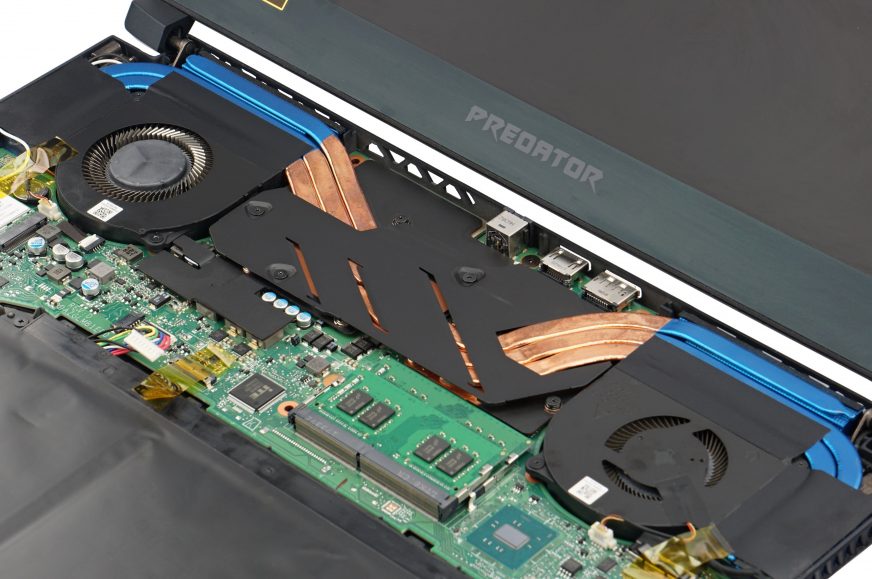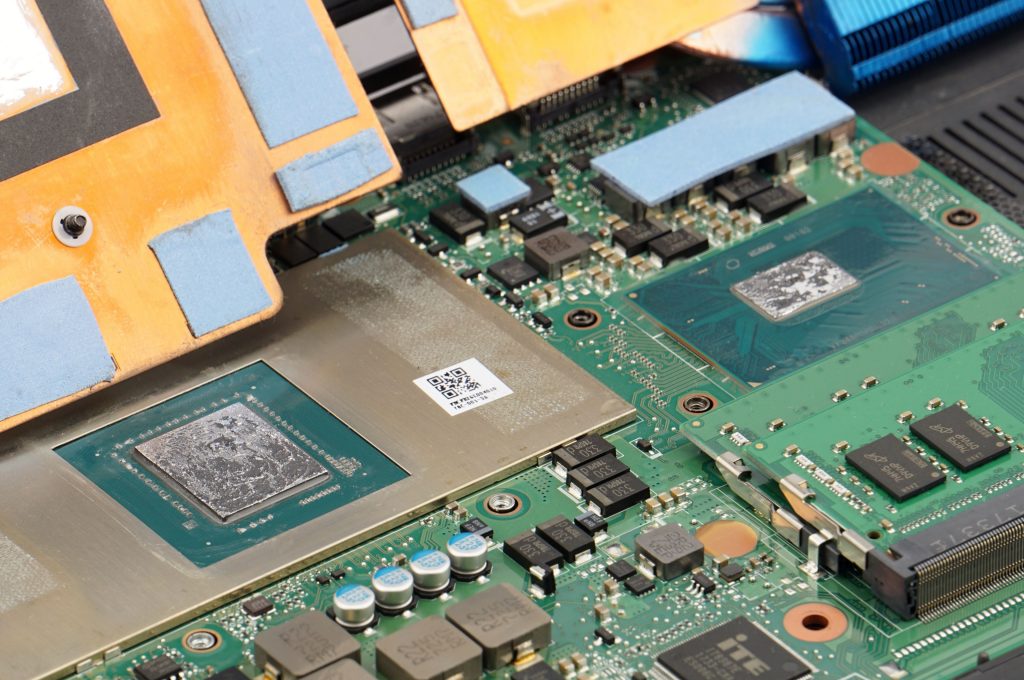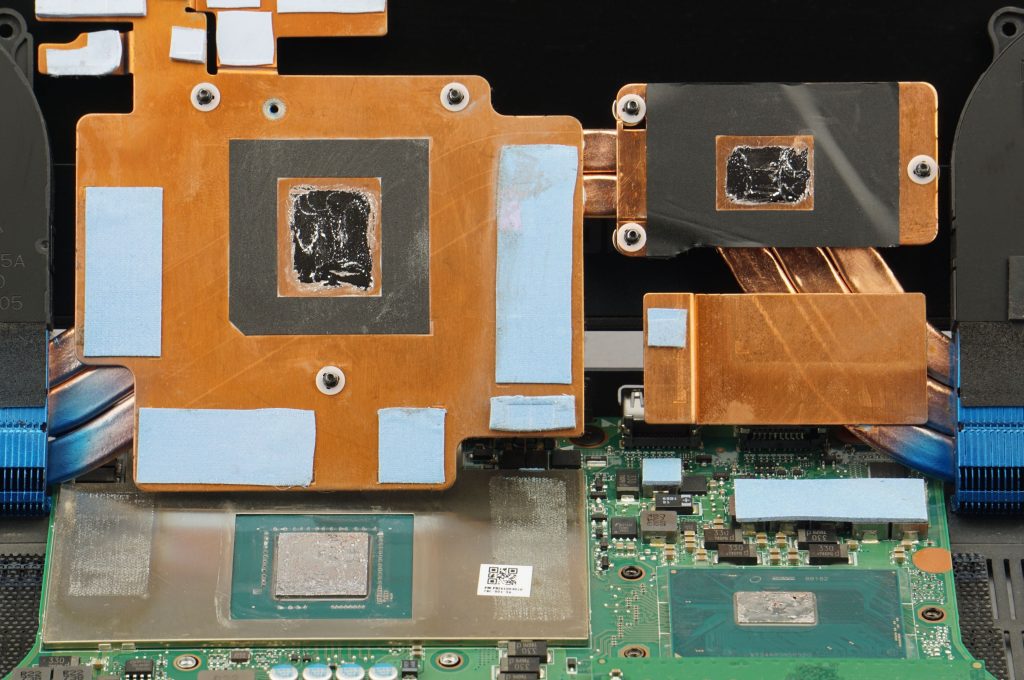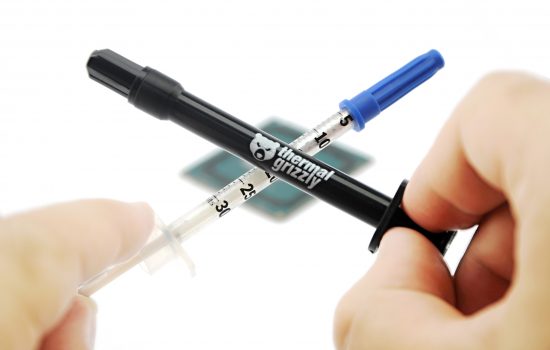Description and results of tests
Replacing inefficient thermal paste with liquid metal is very popular in high-performance laptops. And it is no longer exclusively an enthusiastic modification. In this way, for example Asus in ROG G703 improved its cooling. However, accelerating the heat dissipation from the dies may be unhelpful in some circumstances. No matter how strange and weird it may sound so far, it has a rational justification. See what may surprise you.
An acquaintance brought me the Acer Triton 700, for it overheated somehow and that even the clock speed is quite low. It is a rather strange laptop with a touch screen above the keyboard. In addition to its relatively uncomfortable handling, also because you can not rest your wrist (on the keyboard), it is just above the cooler, so it is even hotter than you might wish. But damn it, it’s a gaming laptop and each player has their own proper mouse.
Considering the powerful Core i7-7700HQ processor and GeForce GTX 1080 graphics card, the laptop’s profile is extremely thin, apart from the thickness of the display, it is only 12 mm. The graphics card has a significantly underclocked base clock at 1290 MHz, although in games it usually runs at peak power even above 1700 MHz. And the processor… that’s a chapter in itself. Cooling, at least after a year of use (but properly cleaned to the last dust particle), is not enough for the base clock under load, by any chance. All-core frequencies are well below 2.8 GHz, around poor 2.34 GHz. One core is already 97 °C and the other 96 °C, while the other two are more than ten degrees colder. Who knows if it is due to a different approach to power management in critical situations, in any case, after the application of liquid metal, all the cores have come significantly closer in temperature. And we’re slowly getting to the heart of the matter.
The cooling design consists of several copper coldplates, which are held together by three heatpipes facing the side radiators, which are traditionally cooled by radial fans. Basically, this concept is not unusual, we often see such “shared” coolers in laptops, where everything is interconnected. Although this one is quite unsuitable for 200 W, which roughly corresponds to the maximum power draw.
How we test
For heating, I use a concurrent run of Prime95 (Small FFTs) with the FurMark stress test. Although the graphics core quickly reaches the TDP limit and the frequencies are therefore even lower than the weak base frequency, it does not change anything on the power draw, it is close to the limit. I tested first in the factory settings, then the same after replacing the original paste with liquid metal Thermal Grizzly Conductonaut and finally even after undervolting the processor. In the tests, in addition to heating (at an ambient temperature of 24 °C) and CPU and GPU frequencies, you will also find the difference in power consumption and noise (with a sound level meter sensor approx. 10 cm above the center of the keyboard) of the entire system.
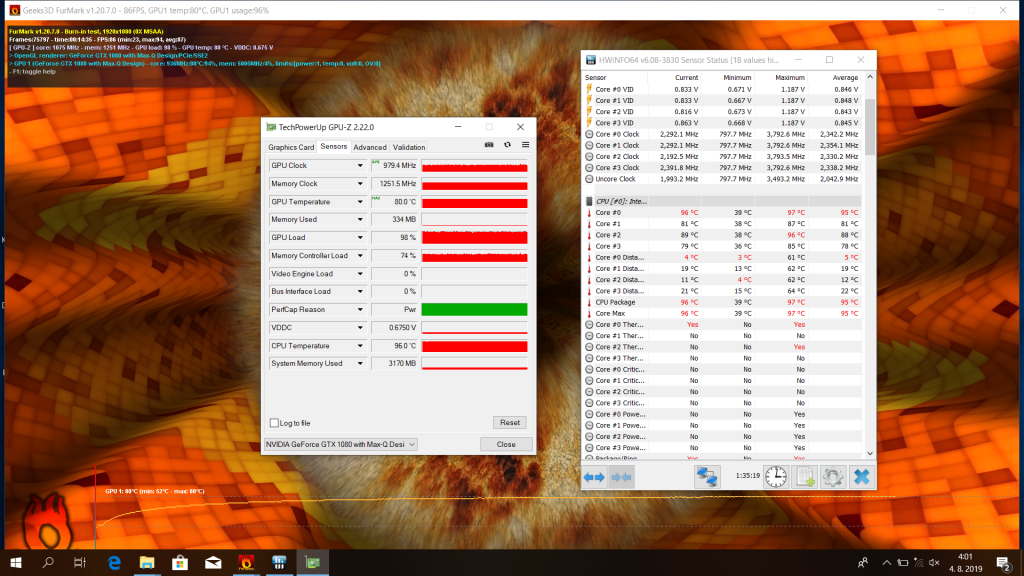
Test results
Anyone who thinks that liquid metal will save everything and significantly reduce temperatures and noise is wrong. However, the truth is that in its original state, the processor suffers the most. On the one hand, it reaches the highest temperatures, but it is significantly behind in frequency. Make no mistake, with liquid metal, the average core temperatures have really dropped by only 2 °C, but the CPU speed has increased significantly (by 700 MHz) and with it the system power draw, by more than 20 W. And although the temperatures are still bottlenecking, the bottleneck widens. Unfortunately, only on one side – the CPU.
The graphics chip does not like this modification very well. On the contrary, its temperatures rose and the frequencies fell slightly. This is due to the fact that now the cooler has to dissipate more heat overall, and a part of the GPU’s cooling capacity has decreased, even though the heat dissipation from the chip is, of course, more efficient here as well. So you can say that the CPU overheats the GPU a bit. This side effect is, of course, undesirable, but that belongs to life. And it will probably not be the only case, and no matter how illogical the title of the article, replacing the original paste with liquid metal can be locally damaging. After such an operation, the GPU power supply circuits will probably heat more significantly in the Triton 700. The noise does not change much, as the heating is similar. More cool on the processor, but warmer on the GPU and in the end the noise level is practically the same.
But there is a way to relieve the GPU a bit – by undervolting the CPU. For stable operation, the Ci7-7700HQ could be undervolted by 170 mV, which was already more reflected in temperatures, reduced power consumption and most importantly, finally the processor is no longer limited and works at a nice 3400 MHz, which is a gigahertz more than in the original version. Although the GPU is still not at 80 °C, the temperatures are already halfway to the original ones and there will be some significant improvement by undervolting it. By how much, that’s individual. Either way, once you decide to buy liquid metal and start disassembling your expensive laptop with gloves, take into account that the CPU and GPU will then need to be fine-tuned and their power draw reduced by reducing the voltage.


- Contents
- Description and results of tests





